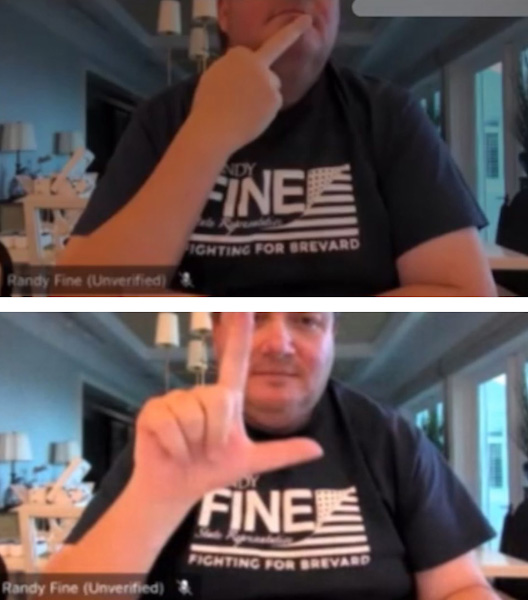The Interplay of Appeals from District Courts and the PTAB to the Federal Circuit
The recent case of United Therapeutics’ Tyvaso patent and Liquidia Yutrepia’s patent sheds light on patent law’s complexity. The case also raises some questions about the practical impact of a PTAB ruling on patent infringement. United’s argument that the patent remains in force until a final decision post-appeals contrasts with Liquidia’s stance that the patent’s invalidity allows for product launch, as the USPTO’s cancellation is deemed ministerial.
As legal professionals, understanding when a PTAB decision formally takes effect is crucial in determining the impact on patent infringement cases. The nuances of Hatch-Waxman Act orders, the role of district court rulings, and the significance of a patent’s validity all come into play in such complex intellectual property disputes.
This case serves as a reminder of the intricate interplay between patent infringement and validity proceedings, urging practitioners to stay informed on evolving legal interpretations and the practical implications of PTAB decisions.
The Federal Circuit previously held that United’s patent on the hypertension treatment Tyvaso would be infringed by Liquidia’s competing drug Yutrepia, and U.S. District Judge Richard Andrews of the District of Delaware initially barred Liquidia from launching its product.
However, he reversed course and vacated the injunction in March, after the appeals court affirmed a PTAB decision finding United’s patent to be unpatentable as obvious. The Delaware judge wrote, “Invalid patents cannot infringe.” “
www.law360.com/…






